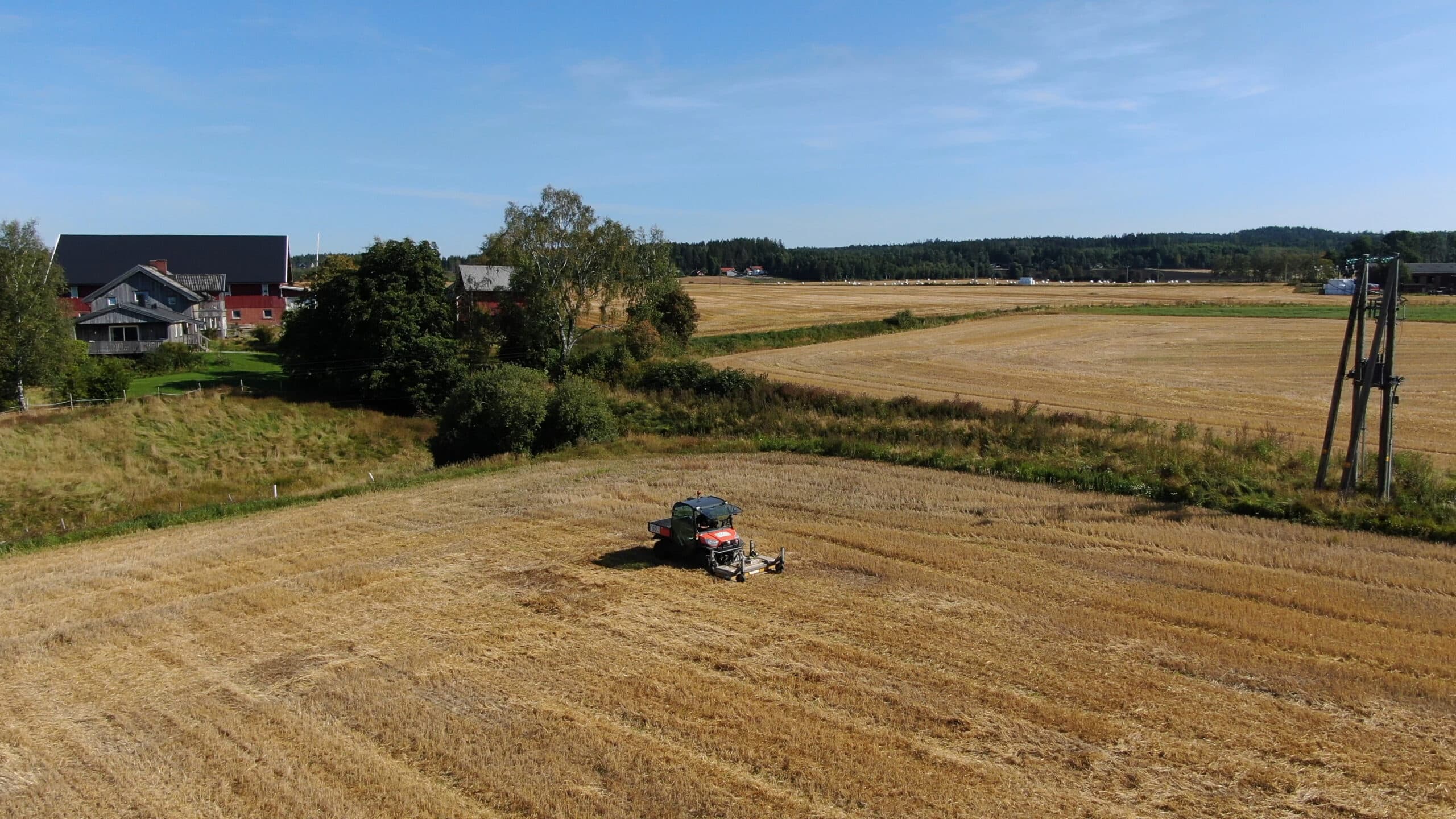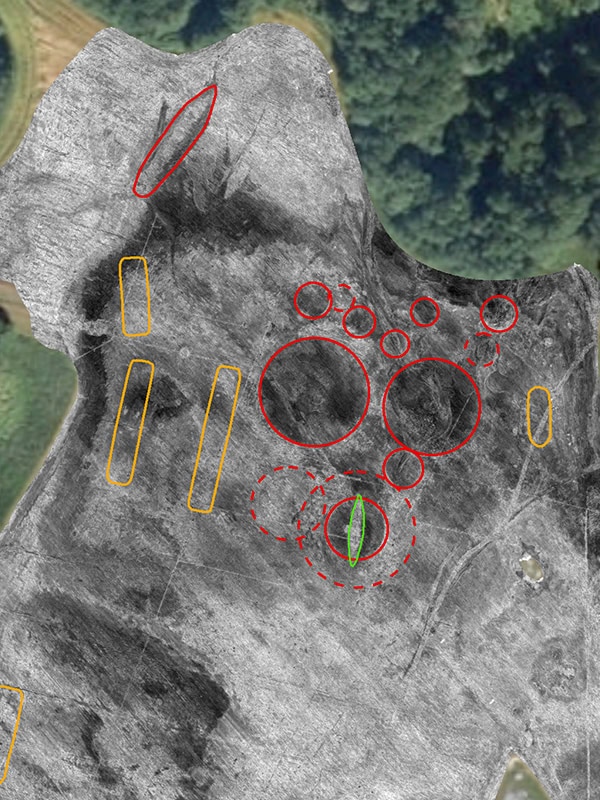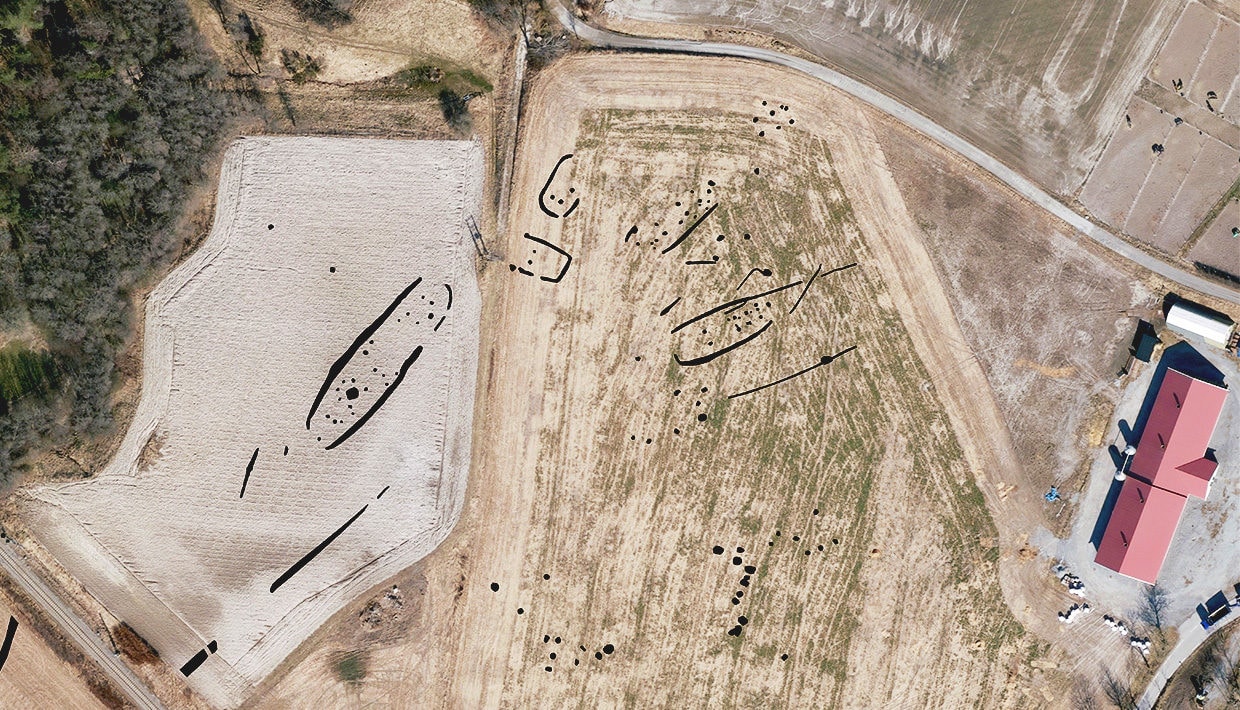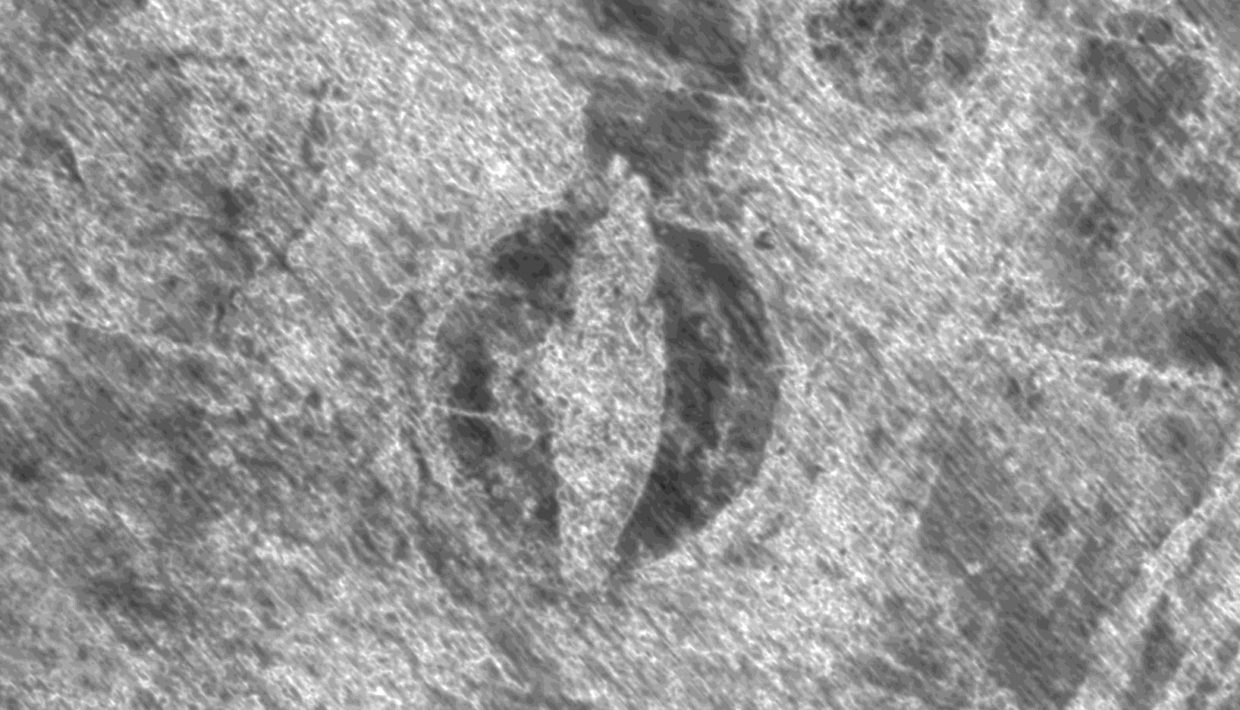Knut Paasche
- Head of department —
- Researcher
- Digital Archaeology

When the ship burial at Gjellestad was discovered in 2018, it was a world sensation. This research project aims to show what kind of place Gjellestad was during the Iron Age, and how it became a regional power centre in the Viking world.
What was the role of power centres in the creation, consolidation and maintenance of collective identities, politics, and kingdoms in first-millennium Scandinavia? This fundamental question is key to our understanding of the emergence of regional polities, and later nation-states, in early historic Scandinavia.
The Viking Nativity project sets out to investigate the ruling elite of the historic landscape of Viken. The research will cover expressions of identity, military capacity, the ability to negotiate through symbolic and economic resources, and trade.
In 2018, on commission from Østfold County (now Viken County), NIKU discovered the remains of a Viking ship at Gjellestad in the district of Halden using ground-penetrating radar (GPR). The ship was unearthed by The Museum of Cultural History, University of Oslo (UiO), and the remains were documented.
With Gjellestad as a starting point, a research group of archaeologists and historians will now investigate regional political affairs and changing political constellations and interests in the area from the Roman Iron Age to the late Viking Age (200 – 1000 AD).
The research project Viking Nativity: Gjellestad Across Borders is headed by NIKU, with Dr.phil. Knut Paasche as Project Manager. The project is financed by The Research Council of Norway and is a collaboration between The Norwegian Institute for Cultural Heritage Research (NIKU); Viken County; The Museum of Cultural History, UiO; The Institute of Archaeology, Conservation and History, UiO; The Norwegian Institute of Bioeconomy Research (NIBIO); and The University of South-Eastern Norway (USN).
The researchers will study the Viking Age border areas of Vingulmork and Hranariki, covering a stretch of land from the Oslo Fjord down to Göteborg. The aim of the research project is to place the discovery of the ship into a broader culture-historical framework.


This interdisciplinary project is structured along three thematic strands of research, where the region is construed as a landscape of violence, of borders and of negotiation. The focus will be on Gjellestad and its near vicinity, how the area has influenced people, networks, and connections on a wider regional scale, and finally, how Gjellestad exemplifies a site of significance in greater political constellations and spheres of interest.
At the core of the project will be fresh geophysical explorations in the region surrounding the ship discovery. These areas have not been studied previously. We are not expecting to find another Viking ship, but we hope to be able to unearth graves, building remains, and other traces of settlement that can tell us something about the type of activities that took place here historically, and the time span involved.
The exploration will constitute a baseline for separate archaeological excavations by The Museum of Cultural History, UiO and Viken County. In addition, NIBIO will extract comprehensive soil samples. The soil samples will create a better foundation for interpreting the geophysical findings, and hopefully provide a better historical understanding of the great Jell Mound tumulus.
The Jell Mound is one of Northern Europe’s largest burial mounds, but when and how it was built are questions we have yet to find answers to. Exploration using more recent technological methods will also be the basis for a doctorate project by NIKU researcher Lars Gustavsen.
The geophysical and natural sciences research will be done in conjunction with archaeological and historical studies of existing material. Since similar sites are mostly known from fragmented written and material sources, a detailed exploration of Gjellestad provides the opportunity to write an updated history. If this research results in new knowledge, it may contribute to forming a methodological blueprint for studies of similar cases where few written sources are available.







At Gjellestad in Norway, archaeologists from the Norwegian Institute for Cultural Heritage Research (NIKU) have found a 60 metre longhouse. There is no longer a doubt that Gjellestad, where the same team discovered a Viking ship in 2018, has been a central place in the late Nordic Iron Age. In the next few years, researchers will hopefully find the answer to how Gjellestad became such an important place.

"This will be exciting for all of us, regardless of whether you are an archaeologist or just have a medium interest in our past," says Viking ship expert Knut Paasche.